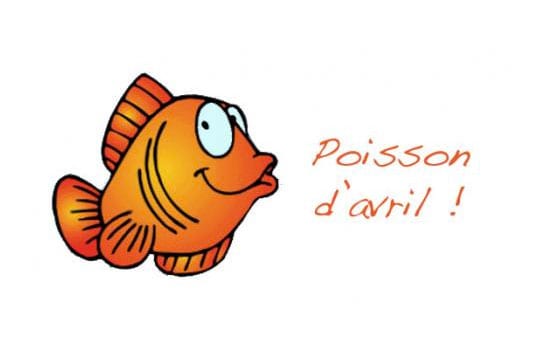Tackling Machine Translation
- 2016
- Tracy Barnett
 Not an actual translation machine
Not an actual translation machine
People use Google for a lot of things. It’s hardwired into the DNA of my smartphone, and I’m pretty sure I’ve used a Google service in one way or another every day for the last decade or more. I can use it for everything from looking up sports scores to finding how many degrees Yul Brynner is from Kevin Bacon (2). Google is a super-useful tool, and like any tool, you’ve got to know when it’s the right tool. Especially when it comes to machine translation.
If you’re not familiar with the term, Machine Translation is basically using a computer program to translate, no people involved. This article gives an excellent overview of the process, and also, of its pitfalls. Unless you’re ready to risk giving the wrong impression about who you are and what you do as a business (Supreme Court Beef, anyone?), then you need to consider using human translators.
Don’t get me wrong, machine translation is useful, and is growing in accuracy. However, professional translators offer a bunch of benefits over relying only on a machine. Native speakers know the cultural nuances, the colloquialisms, and they know the specifics of a particular audience. They can specialize, and get very good at what they do.
At Access, we use software to aid in our translation process, including translation memories, and machine translations. We only use machine translation when appropriate, though. Every client has different needs, and no matter what, a professional translator will work with our translations to ensure they’re of the highest quality.
As time goes on, more and more of the work done in the field of translations will be automated. However, we’re a long way off from humans being replaced completely in translations. We’re going to use machine translation as a tool to help our translators, but it’s just that: a tool.
Sound good to you? If you’re a business who needs our help, check out our request form. And if you’re an experienced translator, we’d love to talk about working with you.









